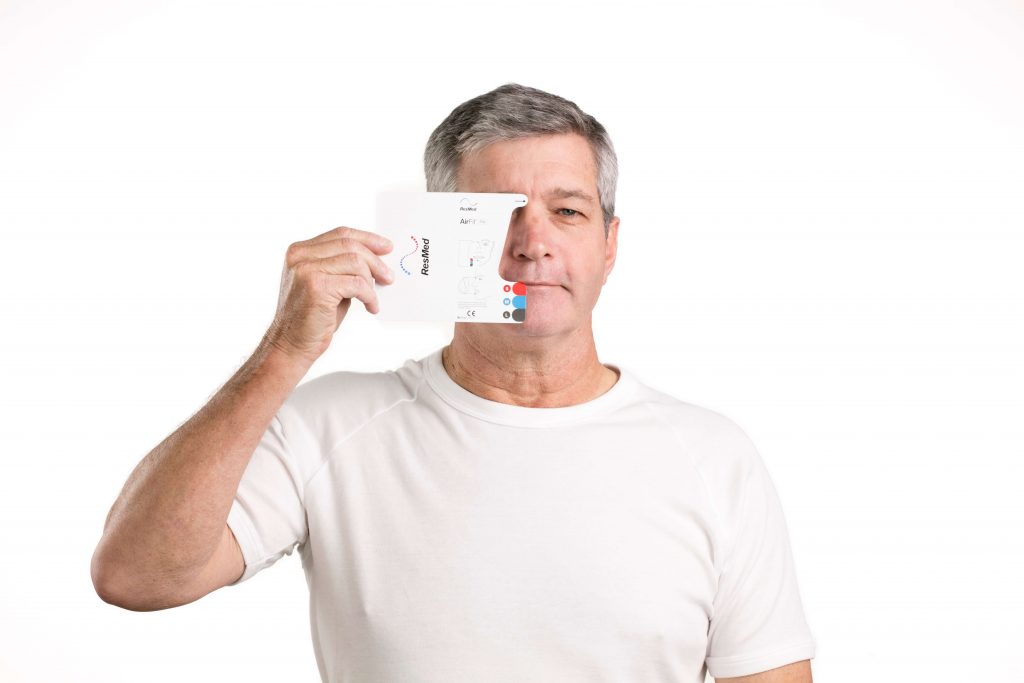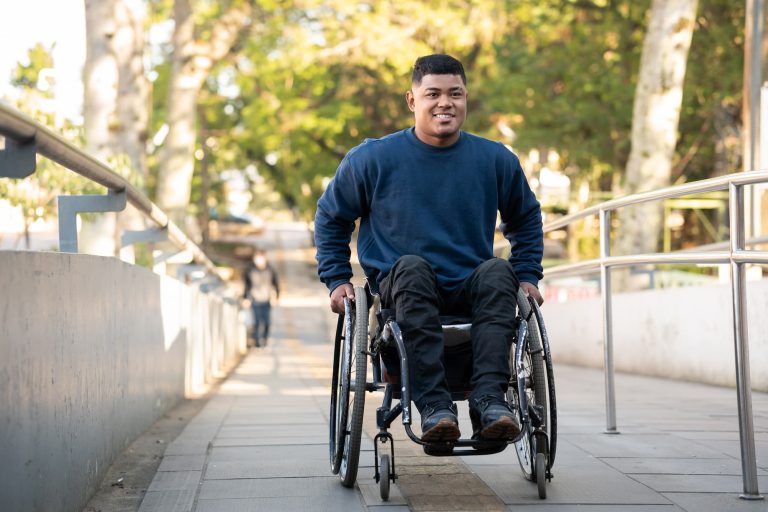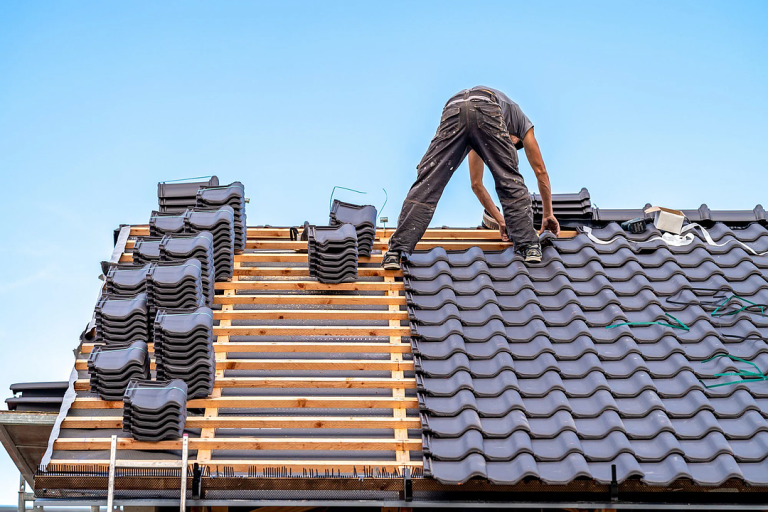
Sleep problems, especially sleep apnea, have been a major public health concern across the globe. Indeed, some people today suffer from sleep disruption, with some of these occurrences being moderate to severe untreated OSA, or obstructive sleep apnea.
It is now well acknowledged that sleep apnea is a serious disorder that may potentially be deadly. However, more effort is required to identify and mitigate its risks. Continuous positive airway pressure (CPAP) with CPAP masks is a frequent and conventional therapy for sleep apnea.
Patients wear CPAP masks Sydney over their nose or nose and mouth throughout the night. A pipe connects the masks to a tiny machine. The equipment forces pressurised air into the patient’s airway as they sleep to keep it open.
Read on to find out about CPAP mask types and how to choose the ideal mask for you.
Sizing Up The Face
The majority of manufacturers provide size gauges for each of their mask items. These are helpful as a starting point for selecting mask size, but they are not always 100% correct owing to additional factors with each of our particular face characteristics.
When selecting a mask, consider the following facial features: nose length from the bridge to base, nose base width, nose bridge width, upper lip surface area (the skin between the bottom of your nose and your top lip), the distance between eyes, and overall circumference of the head.
Also, consider that nasal and pillow masks sit on the upper lip. Therefore, while putting on CPAP masks Sydney, pay special attention to this region of the face. The frame’s base should not come into contact with the top lip.
Adjusting And Fitting CPAP Masks
After you’ve decided on the perfect mask size and style for your face, be sure to adjust it correctly before going to bed. Take a seat on your bed, activate the machine, and secure the mask to your face using the straps that are provided. As you usually sleep, lie down in your sleeping posture with your head on your pillow.
Types Of CPAP Masks
The three types of CPAP masks include:
Nasal Pillow Masks
Nasal pillow masks have been increasing in prominence over the years. They are most effective for patients who sleep with their lips closed and can inhale and exhale appropriately via their noses exclusively. They are a better option for people with narrow nasal bridges or short faces who struggle with nasal mask fit and leak in the eye part.
Because nothing lies above the nostrils, nasal pillow masks are ideal for people who are frightened by the size of typical nasal masks or have claustrophobia.
A frame contains soft nasal pillow cushions attached to strapped headgear.
Full Face Masks
Full-face masks cover the whole face, such as the nose, and fall under the category of facial coverings. They are intended to be worn by people who breathe through their lips since that is how they were developed.
In addition, a rigid plastic-like frame supports a softer inner cushion that rests on the face. Headgear comprises straps and, sometimes, a forehead brace.
Traditional Nasal Masks
Nasal masks, which are generally triangular and cover the nose, are the most often utilised interfaces by patients. Most include extra forehead braces with pads that rest over the brow region to increase stability. Moreover, this mask is most effective for patients who sleep with their lips closed and can inhale and exhale properly via their nostrils exclusively.
A rigid plastic-like frame supports a softer inner cushion that rests on the face. Headgear comprises straps and, sometimes, a forehead brace.
Mask Sizing
Because there is no industry standard for mask size, sizing may vary widely from brand to brand and even among manufacturers. It is essential to try several sizes of masks to discover which will work best. Petite clothing comes in a variety of sizes, varying from extra small to extra large. Many masks now come with a range of mask cushion sizes included in the box, removing the guesswork from the decision-making process.
In addition, the strapped headgear with most masks is “one size fits most.” However, smaller and occasionally bigger versions are available upon request or in a special order to assist patients with tiny or large head circumferences.
You should be able to select the perfect mask for your face if you shop intelligently and try on a range of CPAP masks. Understand that all masks may and do leak, although this generally happens when we change positions while sleeping, which cannot be avoided. We have minimal control over what we do when sleeping!
Your CPAP and mask supplier may assist you in your quest for the ideal mask, but you must keep them up to date on what works and what does not. Inquire with your supplier about 30-day mask exchange programmes, which enable patients to test a mask at home for up to 30 days before exchanging it for another mask if it does not perform well. Get yours now!






